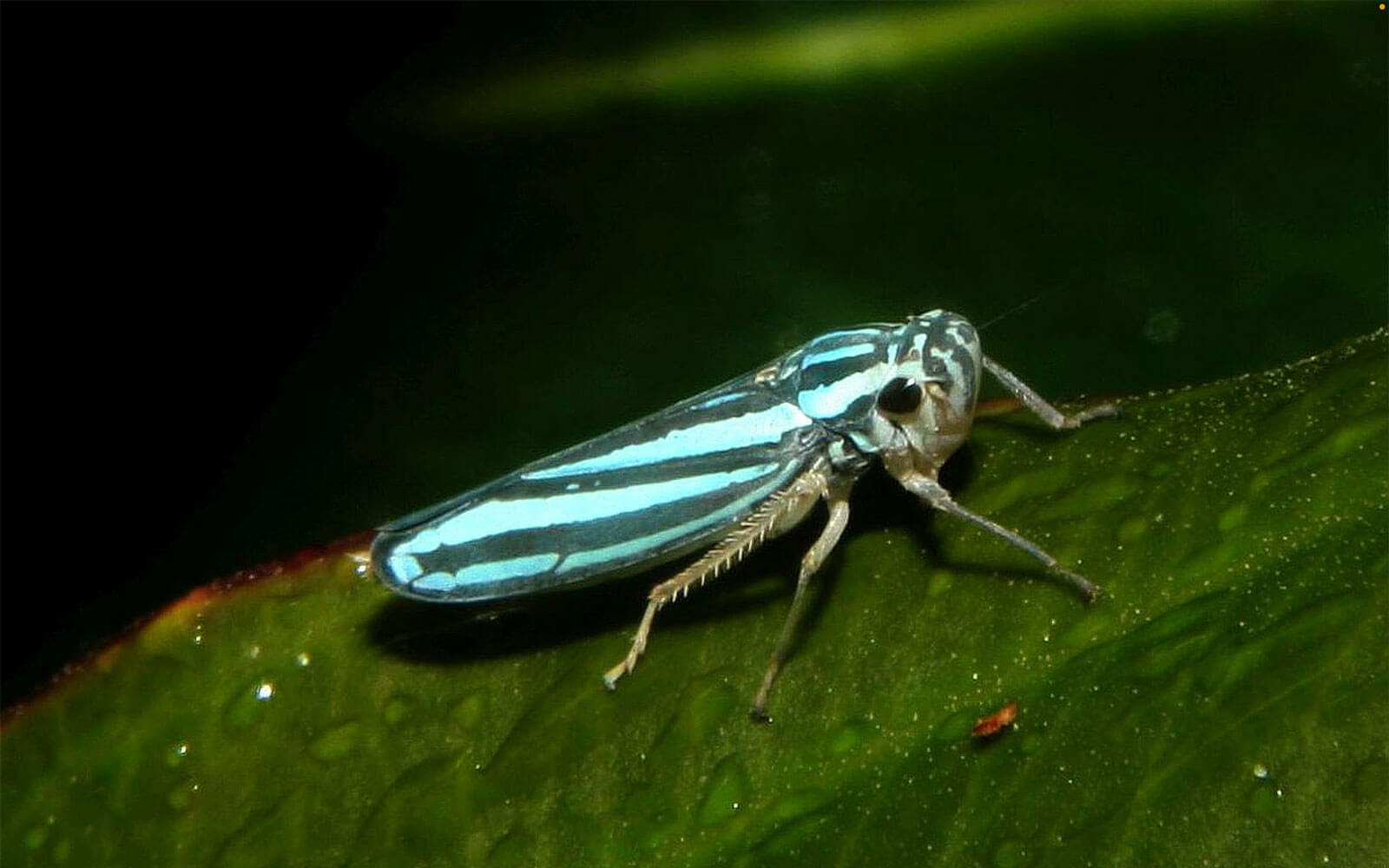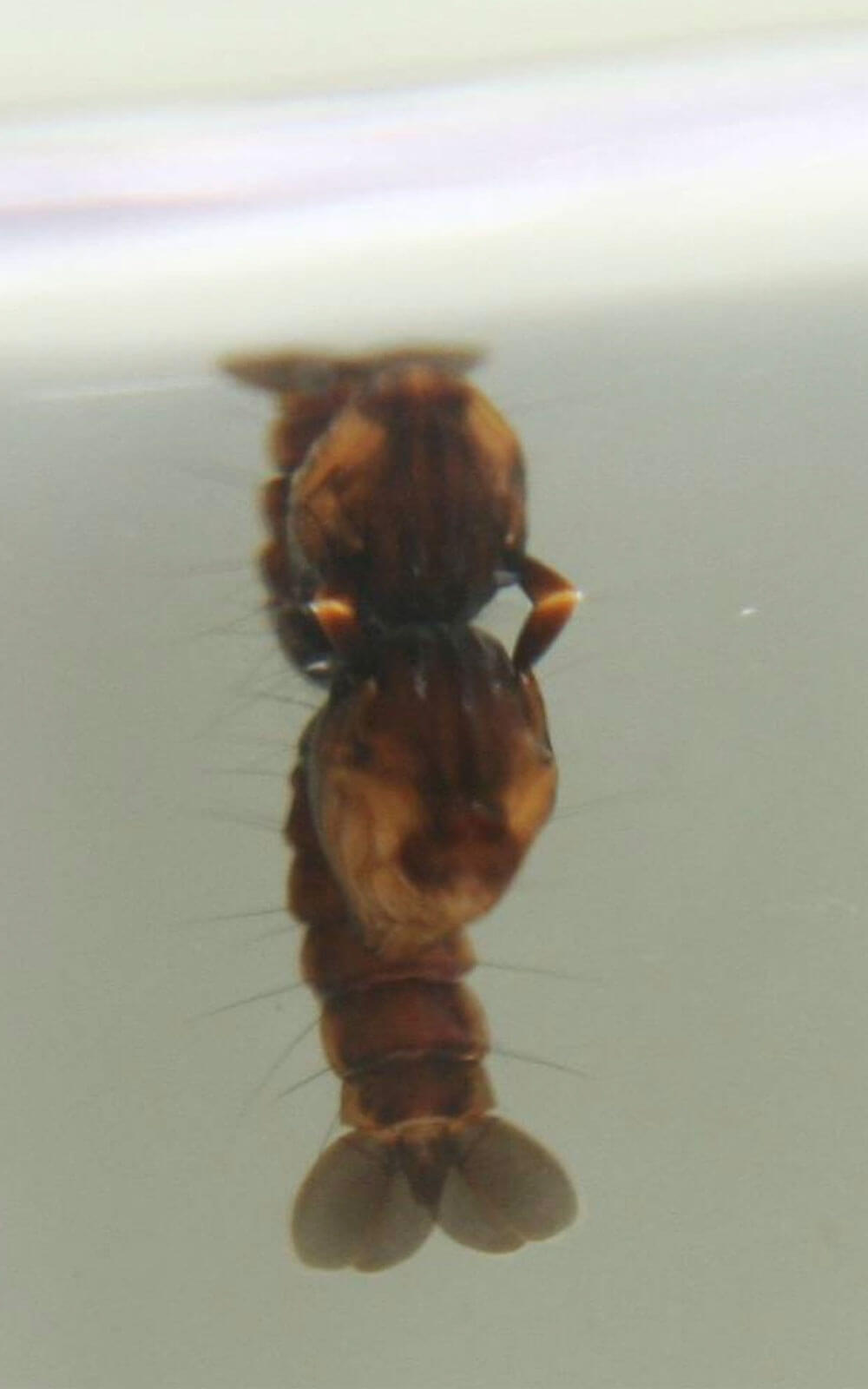Insects get around
Text and photographs Marlies Craig
Having just returned from an international trip, exhausted from sitting around on aeroplanes and airports for many hours, I couldn’t help marvelling again how small creatures like godwits fly for 11 days non-stop on their own wings. Insects, which are even smaller, are capable of similar feats.
Following a previous article on insect migrations, here we look at some of the fascinating ways in which insects get around, and special adaptations that help them get there.
So let’s go!
Walk before you run
Let’s start at the beginning: Ants, Beetles, Cockroaches, all these and more have six standard-issue walking legs. Even for creatures this small, walking can be pretty efficient, make no mistake. Ants just walk and walk and keep on walking, and don’t they just end up everywhere? By way of pheromone trail markers they find their way home, but now I’m wondering: how many end up getting lost anyway? I couldn’t immediately find an answer to this question on the Internet.

Oh when ants… go marching by… A highway of African army ants spotted in Tanzania.

These little chaps – toktokkie beetles – arrived on foot at a karoo picnic site, within minutes. How they found my apple core so quickly, they alone know.

Walk weevil
Many insects have sharp little claws, bristles and adhesive pads on their feet, to hold on tight as they walk over smooth and slippery surfaces that may be shaking in the wind.
The fastest runners in the insect world are tiger beetles.

Wow this tiger beetle was hard to catch, racing across the coastal dunes on the eastern Cape. Its white integument and hairs reflect harsh sunlight and prevent overheating. Please admire the iridescent decorations.
I’m not sure if the slowest walkers are stick insects (how would you measure that?), but they have certainly perfected the art of slow motion.

Stick insects (order Phasmatodea) have six long, gangly walking legs. They move in a jerking, stop-and-start manner, imitating a stalk of grass jiggling in a breeze.
Leaping and jumping
Some insects are specially kitted out for jumping. High jump, long jump, marathon jump. We are all familiar with crickets and grasshoppers, and their large, muscular jumping hind legs. However the jump is not achieved all by muscle power. Rather, the legs are tensioned, ‘loaded’ like a crossbow. In an emergency this stored potential energy is then released, in a sudden burst of power, that launches them out of harm’s way.

The characteristic jumping hind legs clearly distinguish this stick grasshopper from a stick insect.
Crickets and grasshoppers are by no means the only insects that jump. An entire gallery of bugs – true bugs that is, from the order Hemiptera – can jump even better (relative to body size): leafhoppers, treehoppers, planthoppers and all their kin.

The blue striped leafhopper is a common local garden resident.
Some planthoppers have gears on their hindlegs, if you can believe it – ‘the only mechanical gears ever found in nature’. The gears lock the legs together during launch, ensuring that they operate in unison, to avoid jumping off-course.
According to this video on the topic, froghoppers accelerate at 5400m/s2 – or nearly 550G. They must surely win the jumping contest.

Fleas don’t jump as fast or high, but it is claimed that they can keep jumping 30 000 times in a row without stopping. I wonder who recorded that.
But that’s not all! You don’t even need legs to jump. Springtails and bristletails jump with abdominal appendages (see past issue), click-beetles launch into the air after dislocating and then reengaging a peg-in-groove apparatus on their undersides (see past issue), and some maggots jump by flexing their entire bodies violently back and forth.
‘Jumping beans’ are seeds of the tamboti tree, occupied by the caterpillars of a kind of snout moth. When it gets too hot in the sun, the larvae flail around inside their housing, causing the seeds to jiggle and skip until they come to rest in the shade.
Crawl, wriggle and squirm
Maggots squirm and wriggle, with forward moving waves of contractions, often aided by rings of hairs. No need to show pictures of the icky ones. But here is the maggot of a hoverfly, sitting on a rose bud, surrounded by aphids.

Hover fly maggots eat (and therefore control) aphids.
Caterpillars crawl along on six stumpy legs plus a number of so-called ‘prolegs’: additional appendages that help them manoeuvre their long sausage-shaped bodies along smooth leaf surfaces. The larval version of true legs are short and grow on the thorax – the three segments immediately behind the head.

This enormous hawk moth caterpillar has three short true legs and 4+1 pairs of prolegs.


Looper caterpillars move by… well… looping. They only have two pairs of prolegs at the tip of the abdomen. And when disturbed they play dead(-wood).
Flying
The majority of insects evolved the ability to fly (though some lost that ability again later in their evolution). The ‘-ptera’ at the end of the names of the majority of insect orders comes from the Greek word ‘pteron’ (wing). So you get the Orthoptera (‘straight-wings’), Hymenoptera (‘membrane-wings’), Lepidoptera (‘scaly-wings’), Megaloptera (‘enormous-wings’), Thysanoptera (‘fringe-wings’) and so on.
Flies (order Diptera – or ‘two-wings’) have two wings, not four like other insects. The second pair has evolved into a club-shaped organ (or ‘haltere’) that acts like a gyroscope, allowing flies to perform quite spectacular aerobatic manoeuvres, that help them escape the many predators who would very much like to eat them (from frogs to fishes, from geckos to mantids).
Crane flies, sometimes confused with daddy long legs (spiders) or mistaken for monster mosquitoes, are indeed related to mosquitoes (both are dipterans), but they do not suck blood. Their larvae live in mud. Adults possibly don’t eat at all.

The so-called ‘halteres’ (modified hind wings) are clearly visible in this local giant crane fly.
Despite their fancy gyroscopes, flies are no match for dragonflies, which regularly hawk them in mid-air. Dragonflies are perhaps the most agile fliers of all, able to control the angle and speed of each of their four wings independently. Engineers are attempting to copy dragonfly wing design to make small flying robots, but this is best viewed in a video.

Swimming
It is amazing how many insects live in water: a range of water bugs and water beetles, plus the larvae of caddisflies, stoneflies, mayflies, dragonflies, damselflies – and of course mosquitoes (the only ‘true’ fly in this list).

Whirligig beetles seem to have exactly two speeds: idling and racing. A cloud of them may cruise randomly in an area on a calm stream. But when disturbed, they go into a frenzy, zooming around frenetically, throwing the water into a jiggle of criss-crossing wavelets. Their extended pointy abdomen is the rudder.
Predacious water beetles, mentioned in a previous issue – which, according to Cherokee myth, created the world – are also powerful swimmers. Their strong hind legs are endowed with long bristles, making them effective flippers.
There are several aquatic bugs too. The water boatman has long hind legs that work much like oars. The backswimmer looks similar but swims tummy up.



Mosquito pupae are a little unusual in that they are very active (whereas insect pupae are generally inactive). They mostly hang suspended from the water surface, for air. But at the first hint of danger they dive down, flicking their abdomen, which has a pretty amazing tail fin.
Walking on water

This cute little jet black, button-shaped water scavenger beetle ‘walks’ along the underside of the water surface. It climbs along submerged vegetation rather than swimming. The air trapped on its belly makes it very buoyant. When it lets go, it bobs back to the surface, belly-up.

Jet propulsion

Hitchhiking


Not moving


About the author
Marlies Craig is an epidemiologist who used to research malaria, but now works for the Intergovernmental Panel on Climate Change. Though she did originally study Biology and Entomology, her love affair with insects is very personal. In her book What Insect Are You? – Entomology for Everyone, she shares that passion with young and old, see What Insect Are You? She hopes to kindle in people of all ages enthusiasm and a deeper appreciation of nature and show them why and how they can make a difference. She recently started a non-profit organisation called EASTER Action focussing on education and action in biodiversity, climate change, and sustainable living, see EASTERaction.org.